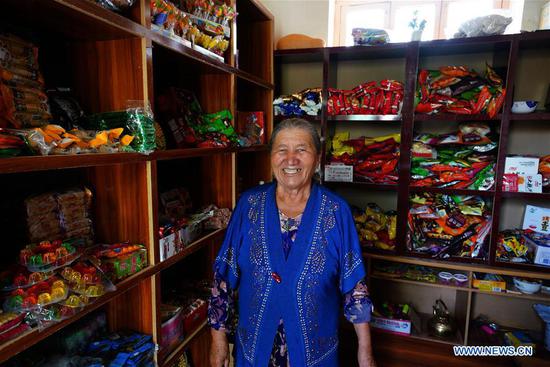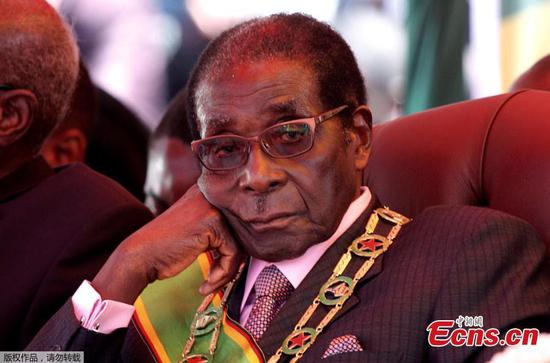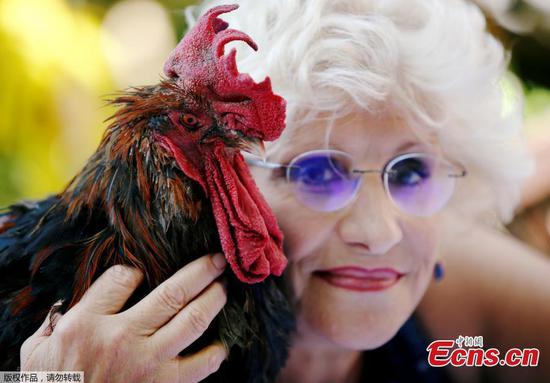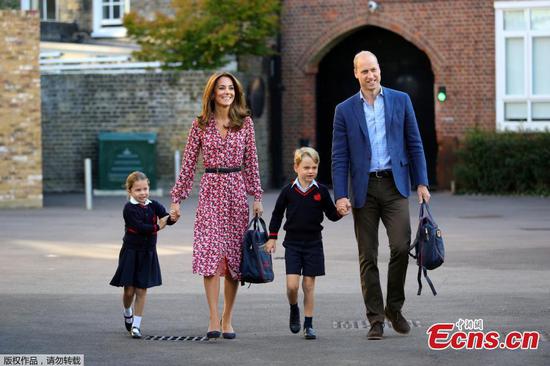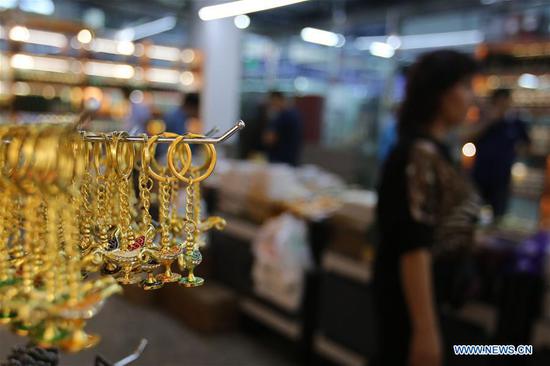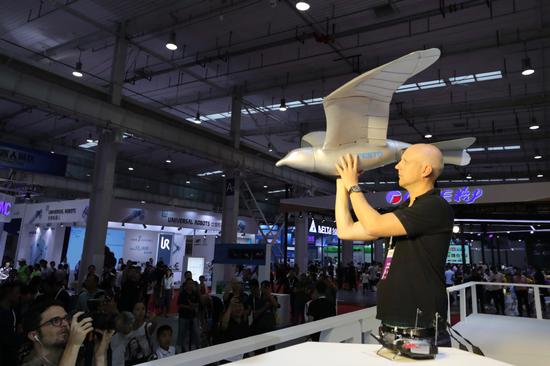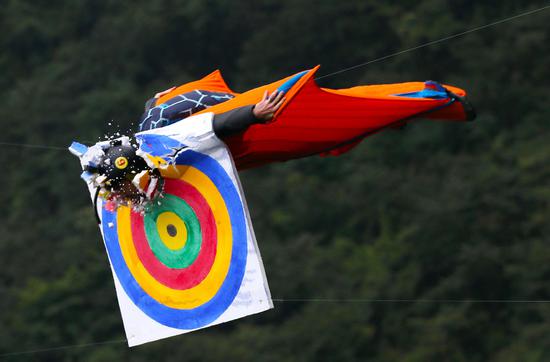There was a glimmer of good news this week for women and minorities seeking to storm Hollywood's bastions of power. The University of Southern California (USC) Annenberg School for Communication and Journalism issued its annual report on the representation of women and minorities which, low and behold, found some cause for hope.
Variety reported that "Hollywood movies offered up more meaty roles for women and people of color in 2018, a sign that public pressure on the film business to become more inclusive appears to be yielding results."
But don't pop the champagne just yet, because the needle didn't move much -- barely nudging up for actors from 31.8 percent to 33.1 percent of movies that featured women in speaking roles. Stats for women's roles were a bit better on the higher-grossing movies, with 39 of the top 100 films of 2018 featuring female leads or co-leads.
Geena Davis, founder of the Geena Davis Institute on Gender in Media, told Xinhua previously, "The only way we are going to get more women in media is to never stop pushing for it. Movies that star women perform well in the box office -- that's the best argument we can make to studio decision-makers who care about the bottom line."
Happily, 11 percent of the top 100 films also featured women of an underrepresented race and 11 percent starred women over 44 -- a notoriously underemployed segment -- more than double the meager showing in 2017 of only 4 women of color in leading roles and 5 older women.
"The good news is companies are making more of an effort to be inclusive," asserted Stacy L. Smith, director of the USC Annenberg Inclusion Initiative and one of the USC study's authors.
The bad news is that inclusion outside of acting performances is as abysmal as ever as Hollywood continues to undervalue the vision and creativity of women.
The report cited that for the decade from 2007 to 2017, out of 1,100 films, only 43 of them were directed by women (counting Lana and Lily Wachowski, who originally rose to fame as male directors before undergoing gender-changes). Seven of those were by women of color. Only 34 films were written by women.
The report noted wider opportunities for women on the money/management side, with 247 women producing films in 2018.
Women producers of any age can still pack a lot of firepower, as Belle Avery, producer of "The Meg" can attest to.
"It took me 10 years to get 'The Meg' made," Avery told Xinhua in an exclusive interview. "A lot of men before me failed -- so I feel very blessed I'm the only woman who tried."
She not only tried but succeeded beyond her wildest dreams when "The Meg" became a runaway global hit. "The Meg," a Chinese-American co-production, released by Gravity Pictures in China and by Warner Bros. Pictures in the United States, grossed more than 530 million U.S. dollars in the global box office against a production budget of around 150 million dollars.
For women everywhere, Avery added, "So my answer is, never underestimate a middle-aged woman who refuses to take 'no' for an answer and never let a stranger tell you what is possible. Giving up is simply not an option -- ever!"
Minorities fared a bit better according to the report's authors. The combined percentage of underrepresented people of color in movies rose in 2018 from 29.3 percent the year before to a more robust 36.3 percent.
"That's good progress, but more work needs to be done," Xian Li, senior vice president of Development and Production at SK Global, the company that produced last year's surprise hit, "Crazy Rich Asians," told Xinhua.
Roles for black actors rose from 12.1 percent in 2017 to 16.9 percent in 2018 (due to such films as "Black Panther," "Proud Mary," and "Sorry to Bother You"), and roles for Asians also rose from 6.3 percent to 8.3 percent (due to such films as "Crazy Rich Asians" and "To All the Boys I Loved Before") -- though it must be noted that over half of the top 100 American movies contained no female Asian characters at all.
"Asians have worked hard to increase their representation in Hollywood," said Robert Sun, CEO of the American-Chinese CEO Society and Chairman of Hollywood's annual China Oscar Night Gala.
"And that will attract more attention in the movie industry not only in terms of investments and other resources but also bring in more moviegoers from Asian communities. The Chinese will lead in that surge," he predicted.
"I was turned down by everyone in Hollywood -- only people from a 'minority group' -- the Chinese -- gave me a chance," Belle Avery told Xinhua.
The report showed that casting actually declined for Hispanic actors, male and female, slipping from 6.2 percent in 2017 to 5.3 percent and pointed out that nearly 25 percent of both top-billed and all Latino speaking characters across 200 movies were depicted as criminals, while 17 percent were portrayed as poor or with a lower income.
National Hispanic Media Coalition's Alex Nogales told Xinhua, "How we are perceived through media is how we are going to be perceived, period. If they don't see us on screen in normal, positive roles, then they are going to think the hateful things about us are true."
Avery is more positive. "Things are changing and that change is a global breath of fresh air. In the entertainment world, it is permeating networks, studios and independents worldwide, giving jobs and hope to many others for the future," she noted.


















